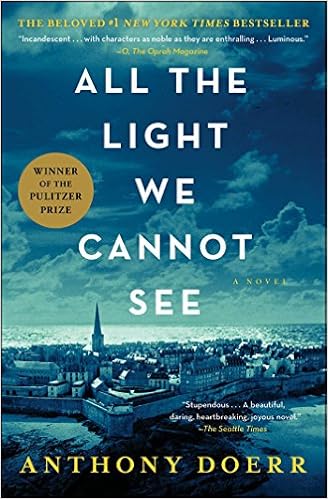The Joy Luck Club is always a popular choice title when we read for small group book clubs. Each year, while my classes are reading from any where between 4-8 titles, I usually choose 1 or 2 to closely reread, at least half way through.
It's been a while since I chose The Joy Luck Club as my reread. I love this book, and in the 2018-2019 academic year, it reminded me so much of my mother who had recently passed away, there was no way I could grab the title and read it. Instead, I'd smile and listen to the discussion groups, maintain every ounce of strength I had to get through class, and gear myself up to get through the papers about Waverly and her mother. That's the thing about great books. They can be so relatable- and sometimes, that connection can be a bit too much to bear.
This year, we were faced with all sorts of bad news and depressing events. And my student readers of The Joy Luck Club were such a fun and pleasant group to be around, even on the zoom, I figured it was time for me to reopen Amy Tan, and I am so glad that I did! I read the first few chapters and then abruptly closed the book after workshopping an approach paper (with in person writing conference session which was so great and not on zoom)! I was enjoying the book so much, I decided to save it for a summer pleasure read instead of reading it for class.
Even though I opened The Goblet of Fire last night and have about three other books going, I am planning on diving back into Amy Tan today. I honestly cannot wait! All of the humor and most agonizing moments of mother daughter relationships are ready and waiting, and this time, it is much more of a visit alongside my mom than a reminder that she is with me in new ways every day, even if she isn't really physically with me.






